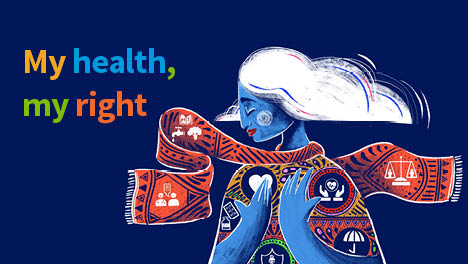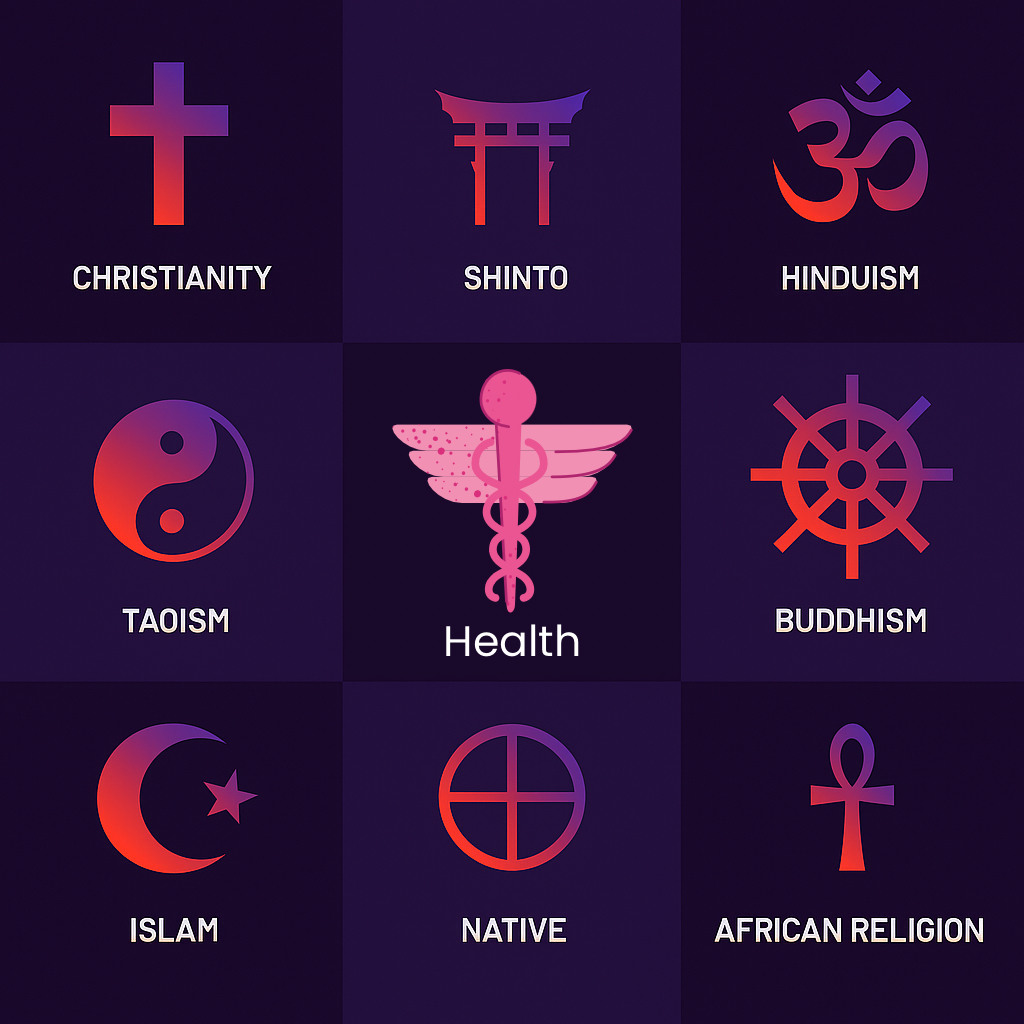
My articles so far, have mostly focused on access to safe water and its contribution to human wellbeing. This is an aspect of my work I absolutely love to talk and write about. However, there are other aspects of my work I equally enjoy. Coordinating medical outreaches in underserved communities is one of those. In fact, my job affords me the opportunity to wear different ‘hats’ at different times. This is fun and challenging at the same time—a story for another day. This article shares how my involvement in medical outreaches began and reflects on one of my biggest lessons learnt over a decade of implementing medical outreaches.
How the Journey Started and My Biggest Learning
After completing my bachelors’ degree, I knew I wanted to venture into community development work. I also knew I wanted to contribute to improving the health of underserved populations. But I had no first-hand experience in health programming. All I had was a heart full of passion and a mind ready to learn. When I started working with my organisation, I was initially assigned to the Education Programme Team.
After a year, I transitioned to the Health Programme. A Medical Outreach—our organization’s flagship curative health intervention—was coming up. As a newbie, I didn’t know what to expect. All I knew was that there was a lot to learn. And I was right; it’s been exactly a decade since that first trip, and the journey has been transformative.
My biggest learning so far is this: Health outcomes of populations are determined by ‘everything’. Yes, everything! This includes obvious and well-known factors such as access to healthcare and genetic factors. But it also includes other factors that rarely come up in discussions about health determinants. Some of these factors may seem insignificant, but like the rudder of a ship, they control and shape the health outcomes of entire populations. For the purpose of this discussion, I’ll call them ‘rudder factors’.
Culture, an Important Determinant of Health
One such factor is cultural beliefs and myths. I’ll explain with a story. In 2022, during a medical outreach to an underserved community (name withheld), we discovered a six-year-old child with a severe burn that was being treated at home instead of in a hospital. Arrangements were made for her to receive hospital care, and I was to facilitate this. The next day, I returned to the community to accompany her to the hospital for wound care. Per child protection protocols, a parent or caregiver had to accompany us. In this case, it was her grandmother.
Just as the grandmother had dressed and was ready to leave with the child and I, we suddenly heard a scream from a room in the house. She and another woman rushed to the room, speaking their local language. I didn’t understand the dialect and was completely at sea about what was happening. Worried, I moved closer and asked if I could help (in a language they understood). Right before me was a young woman in labour, attended by two elderly women. They calmed me with the words, “All is well.”
Their calm and confidence showed me that this was a norm. About ten minutes later, the labour groans and yells were replaced by a newborn’s cry and joyous exclamations. I shared in their joy, but I also had deep concerns.
Choosing Culture over Safety
This practice—home birth assisted by older women—is common in some underserved communities in Ghana. In the past, the frequency of complications and mortality led to interventions such as training traditional birth attendants to assist women in labour. More recently, the government and health stakeholders have invested in primary healthcare facilities with resident midwives to reduce the risks associated with childbirth without trained medical support.
What shocked me most was that this particular community had a primary healthcare facility with a resident midwife less than a five-minute walk from where the delivery took place. Curious, I asked why the birth hadn’t taken place at the facility. From the responses I received, it was clear that the family had deliberately chosen to deliver at home.
I visited the health facility to inform the midwife and her team so they could follow up with the baby in case the family didn’t report. The midwife wasn’t surprised at all. In fact, she exclaimed, “That is their behaviour …” Her disappointment, however, was evident. She had previously advised the family during antenatal visits that the birth should take place at a hospital due to suspected complications. Her facility lacked the resources to manage such cases. This raised more questions for me: Why take such a risk after being warned? Was it due to financial constraints? Probably.
The Power of Culture
Later, I learned from a local resident something that might explain why women in the area preferred home deliveries. It was linked to the community’s cultural beliefs. Apparently, giving birth at home is seen as a sign of strength and a way to prove that the child truly belongs to the woman’s husband—or the man she names as responsible. Delivering at home is believed to show loyalty, courage, and purity. According to this belief, death during childbirth is the punishment for infidelity. Hence, some women defied all odds to deliver at home, determined to prove a point to their families and communities.
This underscores the power of culture and beliefs in shaping health decisions. Nevertheless, the healthcare facility in this community is a worthwhile investment, because at least, some residents use it—including women who choose to deliver there. However, these ‘rudder factors’ have deterred other women from utilizing the facility, jeopardizing their health in the name of tradition. Clearly, culture and beliefs wield immense influence over health choices and, ultimately, outcomes. This highlights the need for deeper community engagement to understand cultural norms, beliefs, and practices. Such understanding should inform program design, leading to culturally appropriate interventions— consistent, empowering engagements that foster positive social deviance toward healthier choices and outcomes.
Final Words
To close, just as a rudder controls the movement of massive ships, community culture, beliefs, norms, and practices hold similar power, influencing health outcomes in profound and often underestimated ways. The next time you design a program, investigate these ‘rudder factors’ and let your findings guide the intervention’s framework.
Do you have any examples to share on how culture shapes health? Please comment.





